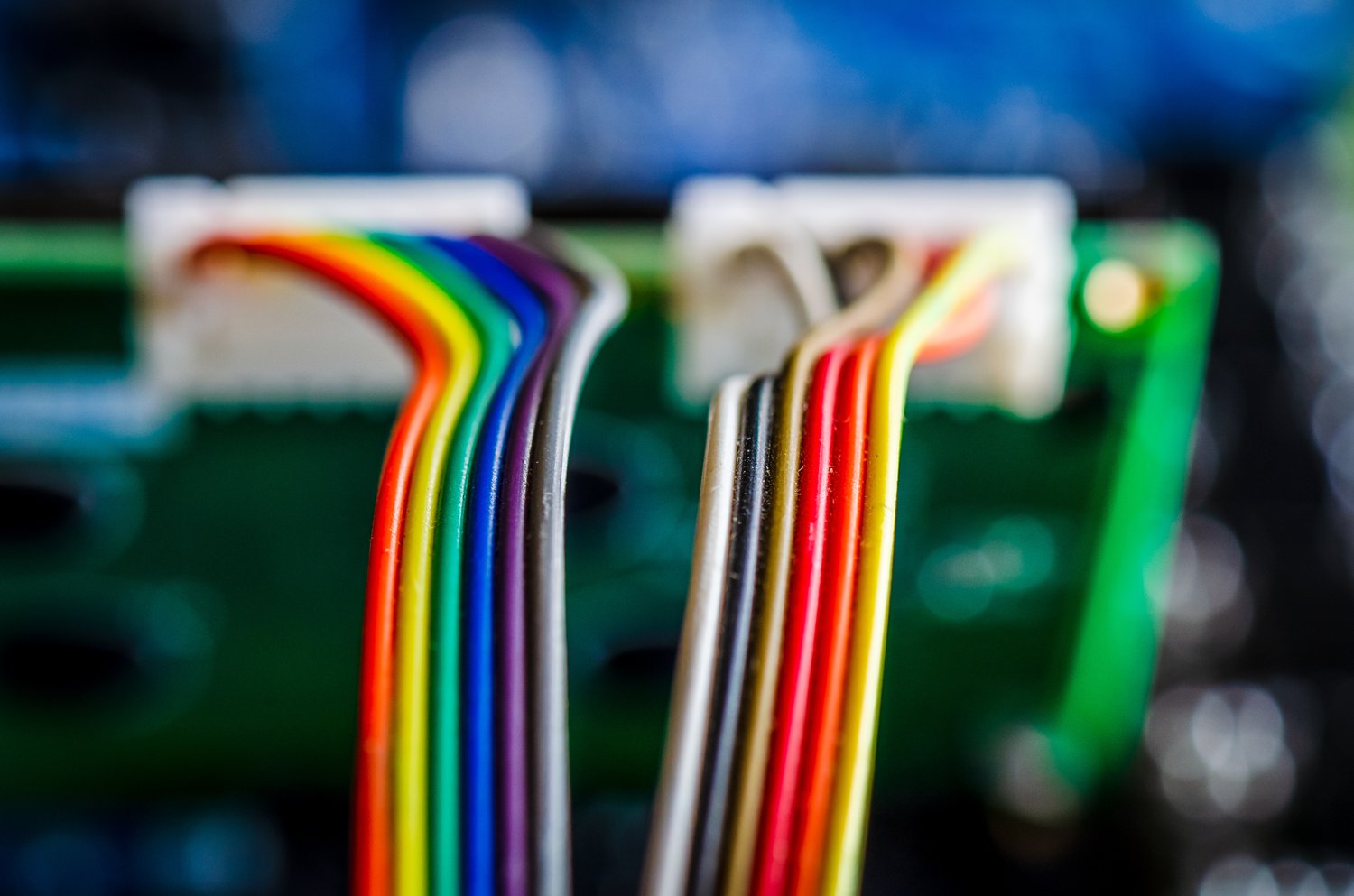Understanding different types of cables and wires
Cables and wires are fundamental components in electrical systems. They come in various types, each designed for specific applications. Installation cables are commonly used in residential and commercial buildings. These include YDYP flat multi-core cables, which are versatile and easy to install. Single core cables, on the other hand, are ideal for specific circuits where individual conductors are needed. Understanding the differences between these cable types is crucial for selecting the right one for your project.
The insulation material of cables and wires plays a significant role in their performance. PVC is a popular choice due to its durability and cost-effectiveness. XLPE insulation offers better heat resistance and is often used in high-temperature environments. The conductor material also affects cable performance, with copper being the most common due to its excellent conductivity. Aluminum conductors are lighter and more affordable but have lower conductivity than copper.
Cable sizing is crucial for ensuring safe and efficient electrical systems. Undersized cables can lead to voltage drop and overheating, while oversized cables waste resources. Factors to consider when selecting cable size include the current-carrying capacity, voltage drop, and installation method. Always consult local electrical codes and standards when determining the appropriate cable size for your project.
Choosing the right installation cables for your needs
Installation cables are essential for wiring buildings and structures. They come in various configurations to suit different applications. Flat cables are popular for their ease of installation and neat appearance. Round cables offer better flexibility and are often used in conduits. The number of cores in a cable depends on the circuit requirements, with options ranging from single-core to multi-core cables.
YDYP flat multi-core cables are widely used in residential and light commercial applications. These cables typically have 2-5 cores and are available in various cross-sectional areas. The flat design makes them easy to route along walls and ceilings. YDYP cables are suitable for fixed installations and can handle voltages up to 450/750V. Their PVC insulation provides good resistance to moisture and mechanical stress.
When selecting installation cables, consider the following factors:
- Voltage rating: Ensure the cable can handle the system voltage
- Current-carrying capacity: Choose a cable that can safely carry the required current
- Environmental conditions: Consider factors such as temperature, moisture, and UV exposure
- Installation method: Select cables suitable for surface mounting, conduit installation, or direct burial
Always follow local electrical codes and regulations when choosing and installing cables.
Advantages and applications of single core cables
Single core cables offer several advantages in specific applications. These cables consist of a single conductor surrounded by insulation and protective sheathing. They are highly flexible and can be easily routed through tight spaces. Single core cables are often used in switchboards, control panels, and other applications where individual conductors are required.
One significant advantage of single core cables is their heat dissipation capability. With only one conductor, heat can be more efficiently dissipated compared to multi-core cables. This makes single core cables suitable for high-current applications. They are also easier to terminate and join, reducing installation time and complexity. Single core cables are available in various sizes, typically ranging from 1.5mm² to 630mm² or larger.
Common applications for single core cables include:
- Power distribution in industrial settings
- Wiring for renewable energy systems, such as solar and wind installations
- Automotive and marine electrical systems
- Telecommunications infrastructure
When using single core cables, it’s important to consider factors such as voltage drop over long distances and the need for proper cable management to organize multiple conductors.





